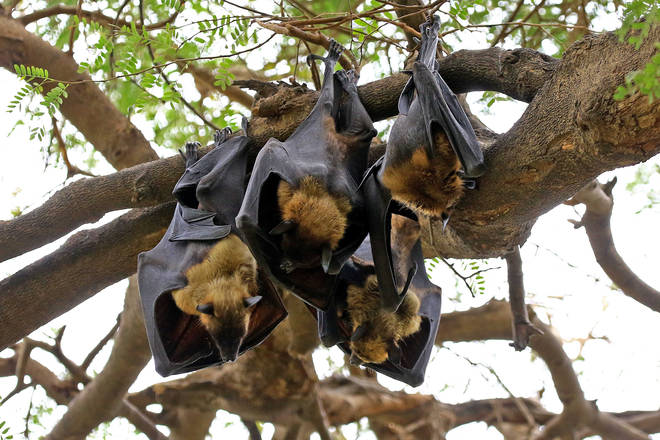New study suggests bacon and processed meats may increase chances of dementia
Health experts unaffiliated with the research, however, warned against reading too much into the results.
By Joseph Guzman | March 23, 2021 THE HILL
Story at a glance
- The study published in the American Journal of Clinical Nutrition found that consuming a 25-gram serving of processed meat per day is associated with a 44 percent increased risk of developing dementia.
- In contrast, researchers found eating some unprocessed red meat, such as beef, pork or veal, could actually help protect against dementia.
- The research led by Leeds University analyzed the possible link between meat and dementia by using data from nearly 500,000 people in the U.K.
A new study suggests consuming processed meats such as bacon everyday could increase a person’s risk of developing dementia.
The cohort study published in the found that consuming a 25-gram serving of processed meat a day is associated with a 44 percent increased risk of developing dementia.
In contrast, researchers in the same study found eating some unprocessed red meat, such as beef, pork or veal, could actually help protect against dementia. The study said consuming 50 grams of unprocessed red meat daily was associated with a 19 percent reduction in risk.
The research led by Leeds University analyzed the possible link between meat and dementia using data from the UK Biobank database, which contains genetic and health information from nearly half a million people aged 40-69 collected between 2006 and 2010. The data included the frequency at which people consumed different types of meat.
Researchers found 2,896 cases of dementia emerged among participants over eight years of follow up. These people were generally male, older, more economically deprived, less educated, more likely to smoke, less physically active and more likely to have stroke history and family dementia history. While those with a genetic risk for dementia were three to six times more likely to develop the illness, researchers said the risk tied to eating processed meat stayed the same whether or not a person was genetically predisposed to dementia.
“Worldwide, the prevalence of dementia is increasing and diet as a modifiable factor could play a role. Our research adds to the growing body of evidence linking processed meat consumption, to increased risk of a range of non-transmissible diseases,” Huifeng Zhang, a PhD student from the University of Leeds’ School of Food Science and Nutrition and lead researcher, .
Health experts unaffiliated with the research, however, warned against reading too much into the results, saying the findings do not establish anything for certain.
“Although this study will be important when we are in a position to combine the results from multiple studies, as the study is small for this type of work, we should definitely not over-interpret the results,” Clive Ballard, professor and pro-vice chancellor at the University of Exeter said, according to .
“We should not assume from this research that one rasher of bacon a day increases your risk of dementia by 44% - it is simply impossible to demonstrate that in a study like that,” Ballard said.



















